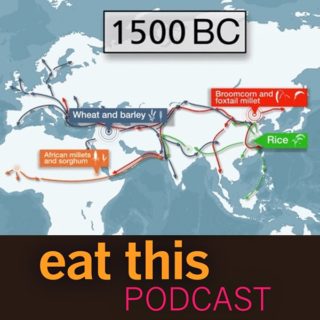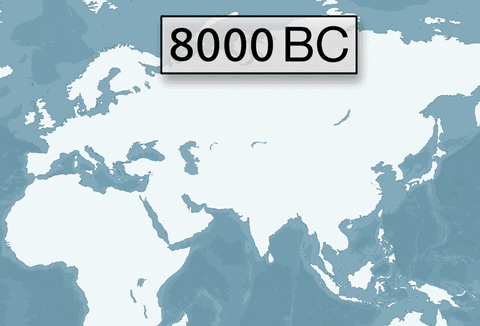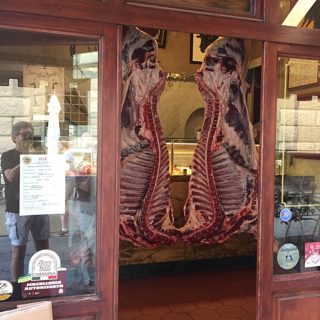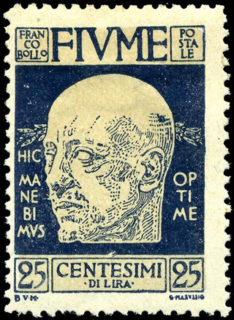
Podcast: Play in new window | Download (Duration: 25:32 — 20.6MB)
Subscribe: Google Podcasts | Spotify | Android | RSS | More
 In matters of personal taste there are no absolutes. I like this, you like that. But does that also mean that there is no good, no bad? That is a surprisingly complex question, especially when it comes to as fundamental a food as bread. William Rubel is a freelance historian of food who seems to take a delight in pricking the pretensions of people like me, who think that some kinds of bread are better than others. “Why can’t we like what we like?” he asked in a defence of supermarket packaged bread. To which I say, “Like it if you like, but don’t tell me it is good.” He also says that there is no historical tradition of using a leaven among Anglophone bakers, which somehow diminishes the efforts of English-speaking bakers to “revive” the use of sourdough leavens and long fermentation. And that revival denigrates supermarket bread.
In matters of personal taste there are no absolutes. I like this, you like that. But does that also mean that there is no good, no bad? That is a surprisingly complex question, especially when it comes to as fundamental a food as bread. William Rubel is a freelance historian of food who seems to take a delight in pricking the pretensions of people like me, who think that some kinds of bread are better than others. “Why can’t we like what we like?” he asked in a defence of supermarket packaged bread. To which I say, “Like it if you like, but don’t tell me it is good.” He also says that there is no historical tradition of using a leaven among Anglophone bakers, which somehow diminishes the efforts of English-speaking bakers to “revive” the use of sourdough leavens and long fermentation. And that revival denigrates supermarket bread.
Well, yes. At least as far as my own tastes go. But I wanted to understand this historian’s view of bread, and was glad that William Rubel accepted my invitation to be a guest on the podcast.
Notes
- William Rubel’s Bread: A Global History is available from Amazon. His website contains some good stuff, although it hasn’t been updated in a while
- Our exchange started with William’s response to an item someone shared with his Facebook group. That’s where he said “I find the flat out demonization of the Chorleywood process hard to accept. Why can’t we like what we like?”
- On my own website – this one, right here – I was more than happy to explain Why I don’t like the Chorleywood Bread Process.
- Searching for information on the world’s biggest baker, I was very pleased to learn that Bimbo has replaced hardtack at least for some sailors.
- The banner photo of Bimbo bread is by Oatsy40 on Flickr.


 For a while, archaeologists treated the origins of agriculture – where it began, how it spread – as a minor element in the grand sweep of human history. That started to change with new techniques that could identify preserved plant remains, especially cereal seeds, in the detritus of archaeological digs. Then came the ability to tell what people had been eating by looking at the chemicals in their bones. And every day new discoveries in genetics add yet more details.
For a while, archaeologists treated the origins of agriculture – where it began, how it spread – as a minor element in the grand sweep of human history. That started to change with new techniques that could identify preserved plant remains, especially cereal seeds, in the detritus of archaeological digs. Then came the ability to tell what people had been eating by looking at the chemicals in their bones. And every day new discoveries in genetics add yet more details.



 Aside from Churchill, the other fascinating byway down which Francesco’s book beckoned me was the Regency of Fiume, established by the poet Gabriele d’Annunzio in 1920. You can find a fair bit of information in
Aside from Churchill, the other fascinating byway down which Francesco’s book beckoned me was the Regency of Fiume, established by the poet Gabriele d’Annunzio in 1920. You can find a fair bit of information in